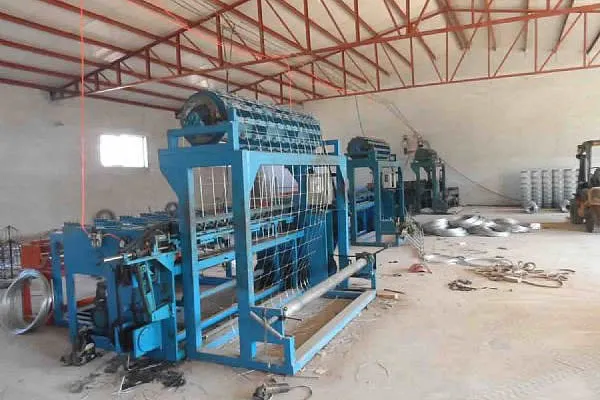 TEL:
+86-13102802206
TEL:
+86-13102802206
 Email:
fencenetting@china.com
Email:
fencenetting@china.com
 Language
Language
 TEL:
+86-13102802206
TEL:
+86-13102802206
 Email:
fencenetting@china.com
Email:
fencenetting@china.com
 Language
Language


Temporary Livestock Fencing A Practical Solution for Farmers
In the world of agriculture, managing livestock efficiently is paramount to a successful farming operation. One significant aspect of livestock management is fencing, which ensures that animals are contained, protected from predators, and can’t access crops or other sensitive areas. However, traditional permanent fencing can be costly and labor-intensive to install and maintain. This is where temporary livestock fencing comes into play as a practical solution for many farmers.
Understanding Temporary Fencing
Temporary livestock fencing provides a flexible and economical option for farmers who need to manage their animals on a short-term basis. It is made from various materials, including polywire, tape, metal, and plastic, allowing farmers to choose the option that best fits their needs. Temporary fencing can be easily set up and taken down, making it ideal for rotational grazing, emergency situations, or for enclosing areas where permanent fencing is not feasible.
Advantages of Temporary Fencing
One of the most significant benefits of temporary fencing is its cost-effectiveness. Compared to permanent fencing, which can require substantial investment in materials and labor, temporary solutions are usually much cheaper and offer excellent value for temporary setups. This is particularly crucial for smaller farms or those with fluctuating livestock numbers, onde financing every aspect can be a challenge.
Additionally, temporary fencing allows for greater flexibility in land management. Farmers can move their livestock to different grazing areas, promoting better pasture management and reducing overgrazing. This method can improve soil quality and promote healthier pastures, leading to increased productivity and sustainability in the long run.
Customization is another key advantage. Temporary fencing systems can be tailored to the specific needs of the farmer, including the type of livestock being managed and the geography of the land. Whether it is sheep, goats, cattle, or horses, different types of barriers can be utilized to effectively contain them while minimizing stress on the animals.

Practical Applications
Temporary livestock fencing is particularly beneficial in various farming situations. For instance, farmers can use it to create temporary enclosures for new livestock introductions, helping them acclimate to their new environment without the risk of interacting with the entire herd. This method reduces stress and potential conflict during the adaptation phase.
Moreover, during the off-seasons or periods when land is not in use, farmers can utilize temporary fencing to create designated areas for composting or cover cropping, enhancing the soil's health and fertility for future planting seasons. It also assists in managing brush and weed control, allowing farmers to keep areas clear without the permanent commitment of traditional fencing.
Considerations for Use
While temporary fencing has many advantages, there are factors that farmers should consider before its implementation. Depending on the type and strength of the material used, not all temporary fencing options are suitable for all livestock species. For example, aggressive animals may require sturdier barriers, while lighter options might suffice for less rambunctious breeds.
Moreover, farmers need to ensure that their temporary fencing is visible and marked to prevent accidental breaches. Regular monitoring is essential to maintain the effectiveness of the fencing and ensure the safety of the livestock.
Conclusion
Temporary livestock fencing stands as a valuable tool for farmers looking to enhance their livestock management practices without the high costs associated with permanent solutions. Its flexibility, cost-effectiveness, and ease of installation make it an ideal choice for various applications on the farm. By better managing their grazing practices and creating safe spaces for their animals, farmers can contribute to more sustainable agricultural practices while ensuring the health and safety of their livestock. For those in the farming community, investing in temporary fencing may just be the game-changer they need to streamline operations and promote productivity in their livestock management efforts.